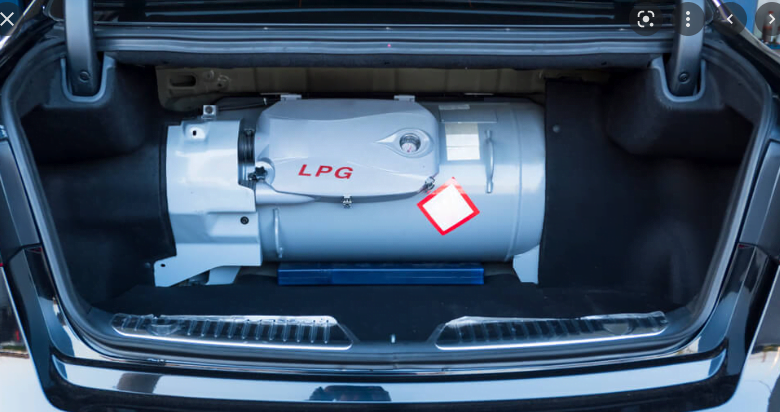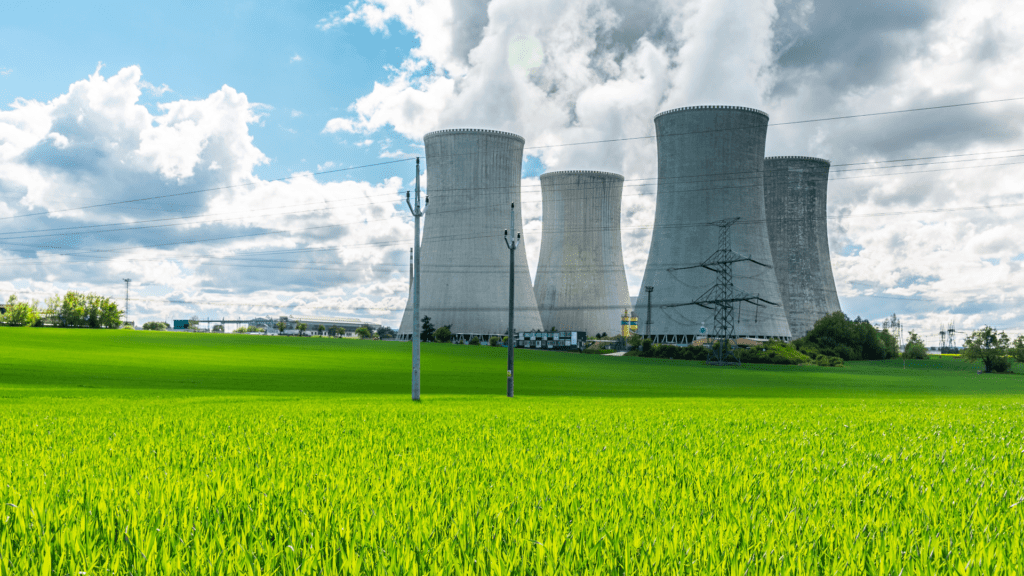Sawtov Brain Flu Is An Emotionally Charged Anti-Nuclear Condition.
Sawtov Brain Flu 07-1999 (SBF) is an exceptionally
rare, very funny to witness and perplexing emotionally charged condition that
predominantly affects the red and green striped pollies.
This extremely funny yet also vastly troublesome, strange
and immensely exotic ailment has intrigued rational
thinking humans and level minded members of society due to its peculiar
origins and profound impact on these poor old creatures.
SBF is uniquely correlated with the deprivation of
nuclear power benefits
for a prolonged period, typically spanning 25 years or more.
When colonies of pollies have been deprived of the
hundreds of benefits of cheap, clean and reliable nuclear power for significant
periods of time, it seems to have ramifications on the emotionally charged
reactions of the red and green striped pollies, leading to a cascade of unusual
and often disruptive behaviours.
The origins of SBF can be traced back to July 1999
in regions where nuclear power generation facilities were never allowed to thrive.
Without the consistent influx of reliable nuclear
energy powering homes and keeping the
lights on 24 hours per day and 7 days per week, these red and green striped
pollies start to experienced complete blackout periods in their colonies. Some Nuclear Power enthusiasts might suggest
that SBF symptoms are similar to the dreaded Energy
Avoidance Syndrome Virus.
They will experience symptoms of gradual decline in
happiness towards electricity generation and when their lights go out due to
the sun not shining or the wind not blowing, they become extremely confused
about their surroundings and find it very hard to smile.
The terribly funny and immensely perplexing
emotionally charged condition manifests in various stages of pollie development,
beginning with subtle signs of electricity avoidance syndrome distress and tends
to escalate to more pronounced symptoms of power generation options confusion, rising
electricity costs anxiety, and erratic non rational thinking behaviour.
One of the most compelling aspects of SBF is that
there is a solution for it but because it involves around 4 weeks of remedial
strategy, pollies tend t avoid it.
The Nuclear Moratorium Removal treatment for
Pollies experiencing SBF has been developed and details of this are online via
the Nuclear
Friendly Brain Training Course.
When red and green striped pollies are suffering
from SBF, they can be seen as non-vibrant, overly social and will avoid any
interactions and intricate community communications that even mention the work
Nuclear.
If you were to mention the word, “Nuclear” near a
SBF infected pollie, they will immediately begin behaving in a very peculiar
way, which is extremely sad very hugely funny to witness for the first time.
They become increasingly isolated from any intelligent
blue pollies that love Nuclear Power and will sometimes display heightened
levels of aggression or despondency when people mock how solar and wind power
only works for around 7 hours per day at best and there’s not point going down
the battery path until solid state batteries have been perfected.
SBF symptoms are not restricted to strange
responses but they can manifest to strange actions like destroying forests and
farmlands to install things that nobody in their colony wants.
It’s very unfortunate that a 25 year absence of
nuclear power can have such a profound affect on red & green striped
pollies and their colonies.
All is not lost though, education is the key and
although a deprivation of nuclear power over 25 years is extremely sad and
unfortunate, it is 100% treatable.
By raising a purchase order and building an Advanced
Nuclear Power Station near their colony and then getting that Power Station
commissioned and enjoying the hundreds of benefits of 24/7 baseload power,
green & red pollies will show fewer symptoms and start to smile when the
word ‘nuclear’ is mentioned.
Once pollies and their colonies are having fun and
enjoying safe,
clean, cheap and reliable Nuclear Power, changes in brain chemistry can be
noticed, including altered views towards energy mixes and ultra happiness
towards the nuclear power industry.
The Bright Future For Polly
Colonies Via Advanced Nuclear Power.
Advanced nuclear power technology represents a
significant leap forward in our quest for a reliable and continuous source of
electricity.
As the world increasingly shifts towards renewable
energy sources such as solar and wind, it becomes evident that these
technologies, while partially beneficial, face far too many inherent
limitations.
Solar and wind energy production is fundamentally
dependent on weather conditions and time of day, on average you are only
reaping the benefits of this very limited technology for around 7 hours per day
if the sun is shing or there is just the right amount wind blowing.
At best wind and solar power will provide you with
problematic variability and intermittency in power supply. This intermittency
can pose challenges for maintaining a stable and consistent electricity grid
and you will almost certainly now be able to keep the lights on at night.
This is why you can expect to experience ultra
levels of happiness if you allow advanced nuclear power to take care of your
energy supply requirements.
Unlike the mistakes made by going down the renewables
path, nuclear power plants can operate continuously, providing a stable and
dependable source of energy 24/7.
This capability to generate electricity around the
clock makes nuclear power an indispensable component of a balanced and
resilient energy mix.
Modern nuclear technology has evolved
significantly from its predecessors, incorporating enhanced safety measures,
improved efficiency, and reduced environmental impact.
One of the most compelling advantages of advanced
nuclear power is its environmental benefits. Nuclear power plants produce
minimal carbon emissions during operation, contributing significantly less to
climate change compared to fossil fuel-based power generation.
In fact, the lifecycle emissions of nuclear energy
are comparable to those of wind and solar, making it a clean energy source that
can help mitigate global warming.
Advanced nuclear power offers a robust solution to
the limitations of renewable energy sources, ensuring a continuous and reliable
electricity supply while also contributing to environmental sustainability.
Its role in the future energy landscape is poised
to be crucial as we strive to meet growing energy demands and combat climate
change.
The Impact on The Daily Lives of
Polly Colonies: Unlimited Electricity.
The advent of advanced nuclear power technology
brings with it the promise of uninterrupted electricity access, setting the
stage for transformative changes in daily life.
With consistent energy availability, Polly Colonies
can experience a significant improvement in convenience and productivity.
Reliable electricity 24/7 can power essential home
appliances, ensuring that refrigerators, washing machines, and other devices
operate without interruption.
This not only makes everyday tasks more manageable
but also enhances the overall quality of life of pollies by reducing colony labour
and increasing free time.
Heating and cooling systems, crucial for
maintaining comfortable living conditions, become more dependable with a steady
electricity supply.
This reliability is particularly beneficial in
extreme weather conditions, where uninterrupted power can prevent health risks
associated with both excessive heat and cold.
Additionally, personal devices such as
smartphones, tablets, and computers rely on a stable electricity supply.
With continuous power, Polly Colonies can stay
connected, access information, and work remotely without the fear of sudden
power outages disrupting their routines.
Beyond household convenience, the impact of
unlimited electricity extends to critical sectors such as education,
healthcare, and communication.
In educational settings, reliable power ensures
that students and educators can utilize digital learning tools and resources
effectively.
Classrooms equipped with modern technology can
offer a more engaging and interactive learning experience, ultimately fostering
a better-educated populace.
Healthcare facilities, too, benefit immensely from
consistent electricity, as it powers life-saving equipment and ensures that
medical procedures can be carried out without interruptions, thus improving
patient care and outcomes.
Communication, a cornerstone of modern society, is
also bolstered by continuous electricity.
Telecommunications infrastructure relies heavily
on a stable power supply to maintain network operations, enabling seamless
connectivity for both personal and professional communications.
Economic and Community Benefits
Of Switching To Nuclear Power.
Adopting advanced nuclear power technology brings
a myriad of economic advantages to communities. One of the most significant
benefits is job creation.
The nuclear industry requires a diverse workforce,
spanning from construction and engineering to operations and maintenance.
The construction of a nuclear power plant alone
can create thousands of jobs, providing employment opportunities in various fields
such as civil engineering, project management, and skilled trades.
Once operational, the plant will continue to
generate long-term employment for technicians, engineers, and safety personnel.
Beyond job creation, the presence of a nuclear
power plant can stimulate local economic growth.
The reliable and abundant supply of electricity
attracts industries that rely on stable and substantial energy inputs, such as
manufacturing and technology firms.
This influx of industrial activity fosters
economic development, leading to increased local investment and higher tax
revenues.
These funds can then be reinvested into the
community, enhancing public services and infrastructure.
Stable energy prices are another crucial economic
benefit of advanced nuclear power technology.
Nuclear energy provides a consistent and
predictable cost structure and this stability can lower operational costs for
businesses, allowing them to expand their activities and increase their
competitiveness.
For consumers, stable energy prices translate into
lower utility bills, freeing up disposable income that can be spent within the
local economy, further driving economic prosperity.
Furthermore, the community benefits from the
continuous and reliable power supply that advanced nuclear technology ensures.
Consistent and reliable electricity 24/7 can facilitate
enhanced transportation networks and communication systems and contribute to a
higher quality of life for residents.
Without a doubt, once pollies have recovered from
SBF and learnt of the hundreds of benefits associated with Nuclear Power, it
will be hard for them not to smile at the mention of the word, “Nuclear’.
The adoption of advanced nuclear power technology
presents a compelling case for economic growth and community development,
making it a strategic choice for fostering long-term prosperity and stability.
35 Things You Can Do with Cheap,
Clean & Reliable Nuclear Power.
Having a cheap, clean, consistent and reliable
source of electricity, such as that provided by advanced nuclear power
technology, opens up a multitude of possibilities for both everyday life and
specialized applications.
Here are 35 activities and conveniences made
possible when the sun is not shining and the wind is not blowing through 24/7 dependable
nuclear power, especially at a time when the
energy crisis is worsening:
1. Cooking: Use electric stoves, ovens, and
microwaves to prepare meals efficiently.
2. Refrigeration: Keep food fresh and safe with
reliable refrigeration and freezing.
3. Lighting: Illuminate homes, streets, and public
spaces at all times.
4. Heating: Provide consistent heating during
winter months using electric heaters.
5. Cooling: Maintain comfortable indoor
temperatures with air conditioning systems.
6. Water Heating: Ensure hot water availability
for showers and cleaning.
7. Cleaning: Power washing machines, dryers, and
dishwashers to maintain hygiene.
8. Entertainment: Run televisions, gaming
consoles, and sound systems.
9. Communication: Charge and operate smartphones,
computers, and internet routers.
10. Transportation: Charge electric vehicles for
sustainable commuting.
11. Medical Equipment: Support life-saving devices
and diagnostic machines in hospitals.
12. Smart Home Technologies: Operate smart thermostats,
security systems, and home assistants.
13. Industrial Operations: Power machinery and
production lines in factories.
14. Data Centers: Ensure continuous operation of
servers and data storage facilities.
15. Research: Support laboratories and research
institutions with necessary power.
16. Public Transportation: Operate electric trains
and trams efficiently.
17. Agriculture: Run irrigation systems and other
farming equipment.
18. Construction: Power tools and machinery on
construction sites.
19. Public Services: Ensure consistent power for
emergency services and infrastructure.
20. Banking: Operate ATMs and other financial
services without interruptions.
21. Education: Power schools and universities, enabling
digital learning tools.
22. Tourism: Support hotels, resorts, and tourist
attractions with reliable power.
23. Recreation: Provide electricity for parks,
sports facilities, and recreational centres.
24. Retail: Ensure continuous operation of supermarkets
and retail stores.
25. Food Production: Power food processing and
packaging plants.
26. Water Supply: Run water treatment plants and
pumping stations.
27. Waste Management: Support waste treatment and
recycling facilities.
28. Manufacturing Operations: Provide reliable
power for manufacturing facilities and operations.
29. Space Exploration: Support launch sites and
research centres that require electricity for space missions.
30. Telecommunications: Maintain network towers
and communication hubs.
31. Emergency Backup: Provide backup power for
critical infrastructure during outages.
32. Renewable Energy Support: Complement the 7
hours per day maximum you’ll get from solar and wind energy with consistent
nuclear power the other 17 hours of the day.
33. Climate Control: Maintain controlled
environments for scientific and industrial purposes.
34. Art and Culture: Power museums, galleries, and
cultural centres at night and when the wind is not blowing.
35. Remote Areas: Provide electricity to remote
and rural areas, enhancing quality of life.
This obviously is just 35 examples to illustrate
the broad spectrum of benefits that cheap, clean and reliable nuclear power
brings to human societies and Polly Colonies, ensuring continuous and efficient
operation across various sectors, even when other renewable sources are mostly not
available.












[…] […]
[…] Nuclear Power is the best option available to be clean and green. Teal group agents have tried spreading harmful rumours about methane gas extraction processes but sadly, this has all been to no […]
[…] system. They are concerned that people with weakened immune systems are more likely to contract Sawtov Brain Flu or the dreadful Energy Avoidance Syndrome […]
[…] and their scientists had created viruses that caused humans to despise both electricity and natural gas. […]
[…] planet is not being helped by troublemakers who want people to think they are fighting for the environment. Their anarchy won’t ever […]
[…] conditions such as Common Sense Depletion, Practicality Deprivation, Cost of Living Migraines, Sawtov Brain Flu, Electricity withdrawal cramps and can even relieve the symptoms associated with energy avoidance […]